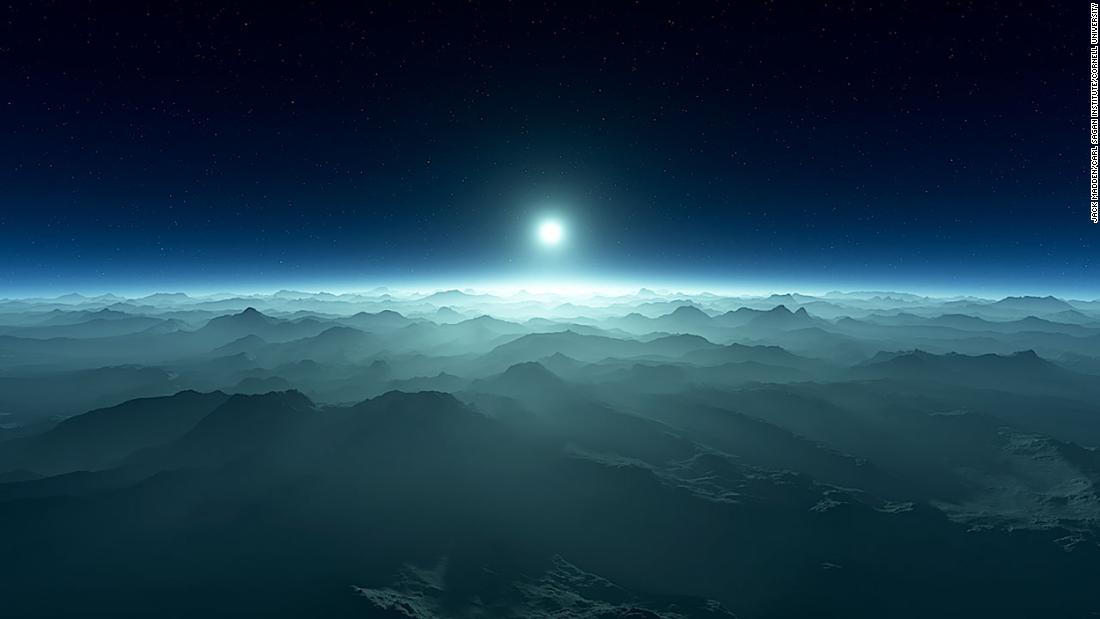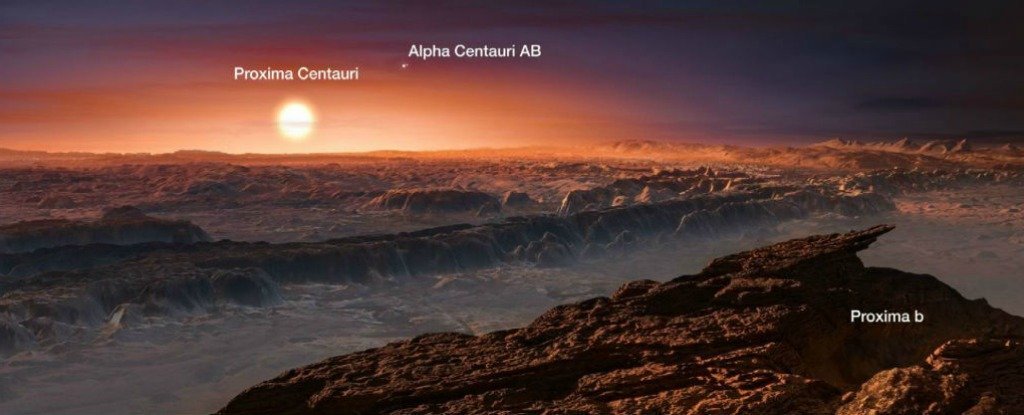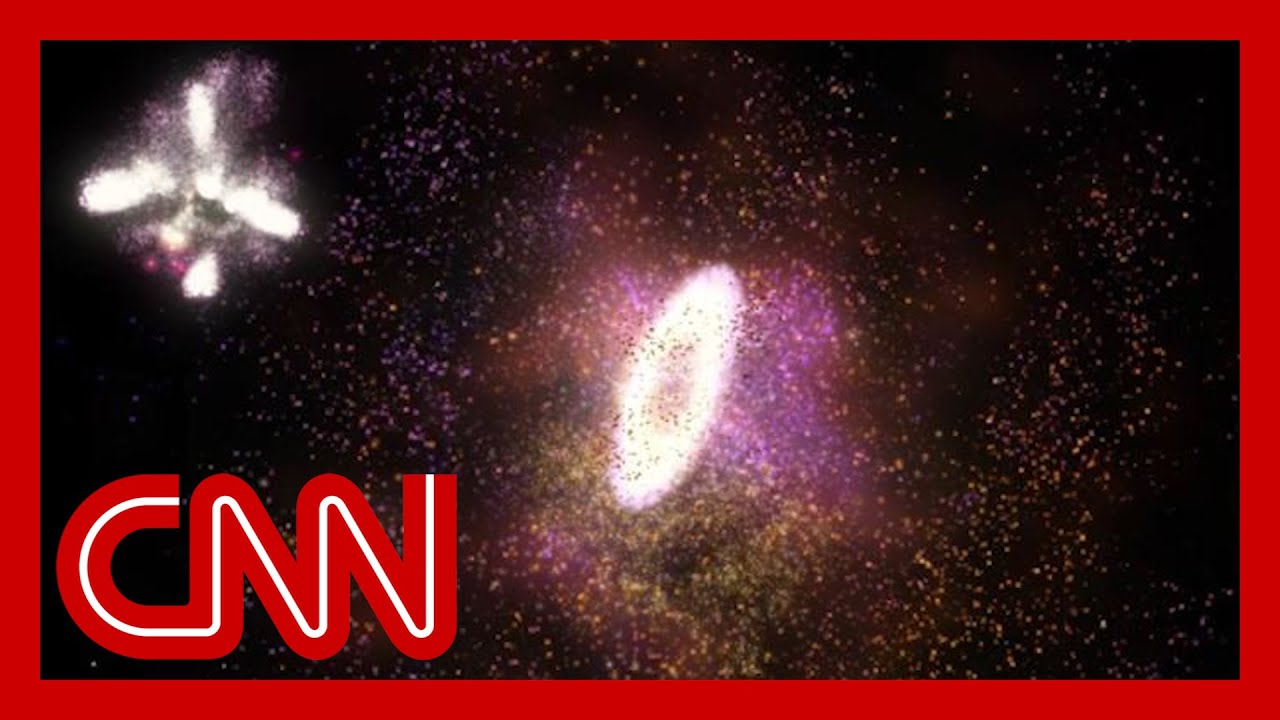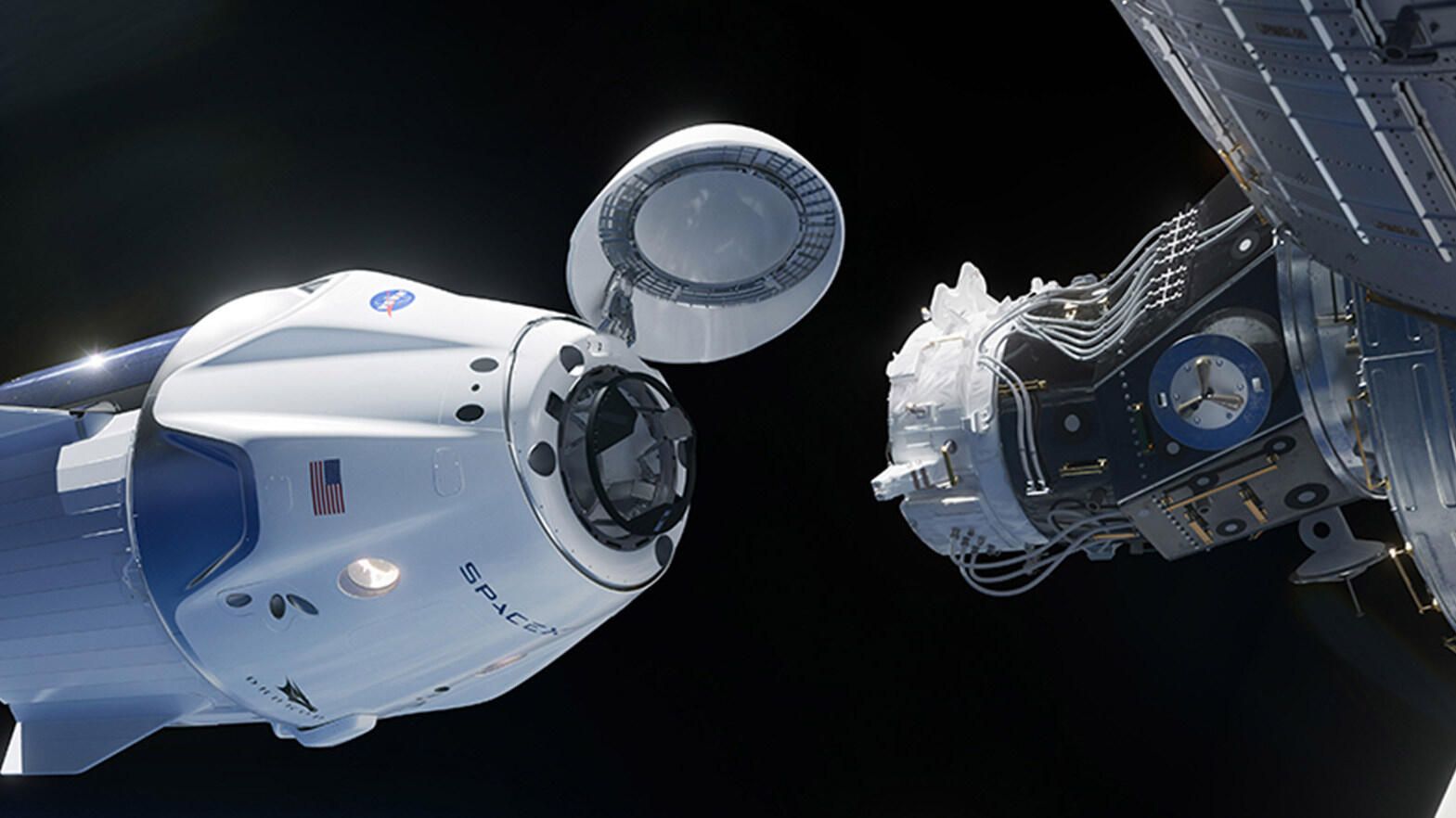Nature Art
Science Tips Tips Tricks Technology Astronomers are changing the way we think of ‘potentially habitable’ planets

Science Tips Tips Tricks Technology
(CNN)Astronomers are seeking to understand the types of exoplanets, and their atmospheric and environmental conditions, that could potentially host life outside of our solar system. But since we can’t visit exoplanets for an up-close look, data from telescopes and modeling of atmospheres, climates and environments provide the picture we can’t see.
The models, hypotheses and lab experiments of exoplanet researchers are a test bed to question what’s possible.
Among the search for weird exoplanets — some so alien when compared with our own solar system — many researchers are focused on a key phrase: “potentially habitable.”
Exoplanets that are referred to as potentially habitable don’t show signs of life. It means that the planet is at the right distance from its star so that it’s in the so-called Goldilocks zone, or habitable zone — not too hot, not too cold and just right, within a possible surface temperature range where liquid water could exist on the planet’s surface. We equate liquid water with life on Earth, and it has informed our search for life beyond it as well.
But more research in recent years is suggesting that we broaden our understanding of life and the conditions under which it could form.
Two new studies broaden the range of conditions and locations of exoplanets that could be potentially habitable. Having that research in hand as new, advanced telescopes come online in the next few years and decades could aid in the search for exoplanets that may not have been of interest before and provide targets for future study.
Now, they just have to find these exoplanets.
Exoplanet atmospheres
The Hubble Space Telescope became the first to make direct detections of exoplanet atmospheres and study their composition. Future telescopes, like NASA’s James Webb Space Telescope that’s scheduled to launch next year, will be able to characterize exoplanet atmospheres in greater detail.
If we were to study Earth’s atmosphere that way, we’d find that it’s 78% nitrogen, 21% oxygen, 0.9% argon and 0.03% carbon dioxide with trace elements of other gases.
Astrophysicist and planetary scientist Sara Seager and her colleagues this week released a new study examining how E. coli bacteria and yeast, representatives of single-celled prokaryotes and eukaryotes, would react to a hydrogen atmosphere.
The study published Monday in the journal Nature Astronomy.
The lab-based experiments relied on growing E. coli and yeast in a 100% hydrogen atmosphere. Both reproduced normally, but at lower and slower rates than in oxygenated air. For example, E. coli reproduced two times slower and yeast was 2.5 times slower. The researchers believed this is due to a lack of oxygen.
But Seager and her colleagues wanted to see if the microorganisms would survive and reproduce, which they did. The researchers weren’t surprised because hydrogen is nontoxic, but their study acts as proof-of-concept research for exoplanet scientists, Seager said.
Rocky exoplanets that are larger than Earth can maintain a lot of hydrogen in their atmospheres. These atmospheres would likely be larger and more extended because hydrogen is a lightweight gas. And an extended atmosphere would be easier for future telescopes, like Webb and others, to detect, Seager said.
“We hope to shift astronomers’ perspective that life in general can survive in hydrogen-dominated or even a wide variety of atmosphere types,” Seager said in an email to CNN. “It’s going to be tough to find signs of life on rocky planets with nitrogen-dominated or carbon dioxide-dominated atmospheres. So I want astronomers and the telescope allocation committees to be aware that there are other options to consider.”
While there aren’t any known rocky exoplanets with a hydrogen-dominated atmosphere yet, according to Seager, she has a proposal for the Webb telescope to identify rocky planets with hydrogen atmospheres.
When looking at other research concerning E. coli and yeast, Seager found something promising.
“We learned that the simple E. coli [bacteria] produces quite a range of gases, including many that were already studied in computer simulations as potential biosignature gases,” Seager said. “That such a simple life form has a diverse metabolic machinery to produce the diverse set of gases is encouraging — simple life elsewhere may do the same.”
Planets orbiting dead stars
Exoplanets have been found orbiting stars similar to our sun, or those lower in mass, like small red dwarf stars. They haven’t been found around white dwarfs, or the remaining core of a star after it explodes — yet.
But in a study published last week, Carl Sagan Institute at Cornell University doctoral student Thea Kozakis and Director Lisa Kaltenegger assembled and released a guide for detecting biosignatures within the atmospheres of exoplanets that could be orbiting white dwarfs.
The study published last week in The Astrophysical Journal Letters.
“The key question we asked is, if life existed on such a planet, could we even spot it because it orbits around a long-dead star? The answer is yes, if it is there, we could spot it,” Kaltenegger said in an email to CNN. She is also an associate professor of astronomy at Cornell.
So how does a planet exist around a white dwarf star? Kozakis explained that the planets could already exist in the star system before the star died.
“Either the planets would have to be from the original star system, although much farther away from their star — anything close to a star would be destroyed during the red giant phase of stellar evolution,” Kozakis said in an email to CNN.
“But some studies have shown that planets or moons initially far from their host stars could migrate inwards due to gravitational interactions with other planets in the system after the white dwarf forms. This would mean that these planets would have been very cold before their host became a white dwarf, although it is in our outer solar system that over 99% of water resides, so they could be very interesting objects.”
When our sun becomes a red giant in 5 billion years, the expansion of the sun during this last phase before dying will destroy Mercury, Venus and Earth.
“The other possibility is that the planets could have formed after the white dwarf,” Kozakis said. “White dwarfs form after a star casts off its outer layers as a ‘planetary nebula,’ and some white dwarfs have been observed to have disks of material around them possibly from these events. Similarly to how planets form around new stars, perhaps planets could form out of these new disks.”
So they could be first generation planets on the outer part of the solar system, or second generation planets that form from the debris disk of the star after it dies, Kaltenegger said.
“In both scenarios the really interesting question would be where the water would come from,” she said. “If it is a planet that initially was on the outer parts of the solar system, then it should have a lot of ice, which would melt if it gets moved closer to the warm white dwarf.”
White dwarfs, which are slightly larger than Earth, begin very hot but cool over time. This means that the habitable zone shrinks around the star as it cools.
If an Earth-size planet passed in front of the white dwarf, it would cause a 50% drop in brightness, as opposed to the .01% drop in brightness if Earth passed in front of the sun.
“This much more similar star-planet size significantly improves the quality of the data we could get from a white dwarf planetary system, and would greatly decrease the necessary observation time to detect the composition of the atmosphere,” Kozakis said.
When the planet passes in front of the star, starlight illuminates the atmosphere.
“We are hoping for, and looking for, that kind of transit,” Kozakis said. “If we observe a transit of that kind of planet, scientists can find out what is in its atmosphere, refer back to this paper, match it to spectral fingerprints and look for signs of life. Publishing this kind of guide allows observers to know what to look for.”
Based on their models, Kozakis and Kaltenegger believed that “spectral fingerprints” like ozone, methane and water could be seen in the atmosphere of planets orbiting white dwarfs by telescopes like Webb or the upcoming Extremely Large Telescope being built in Chile’s Atacama Desert.
These “fingerprints” can be indicators of life on a planet, so it is important that we understand how they are affected by the white dwarf host, Kozakis said.
This is one aspect of finding so-called fingerprints for potentially habitable planets that Kaltenegger’s team is working on.
“Think of it like a large fingerprint database to be able to identify a fingerprint on a crime scene,” she said.
The “fingerprints” can be used to identify what is observed using Webb and other future telescopes.
“Once we observe the spectrum of such rocky worlds in the habitable zone of their stars, we want to figure out if what we are seeing are signs of life … to answer the fascinating question of whether we are alone in the universe,” Kaltenegger said.



